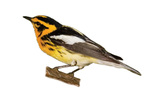In early November 2023, the American Ornithological Society, which has maintained the official names of North American birds since the 1880s, announced a major change. All birds with directly eponymous English names—that is, species named for a person, like Swainson’s Hawk or Steller’s Jay—will be renamed, through a gradual process, to make their names more descriptive.
Like any change, this has sparked controversy. The majority of serious birders and ornithologists seem to be in favor of the change, but a significant and vocal minority opposes it. One reason they give for maintaining eponymous names is the suggestion that removing them amounts to “erasing history” or “canceling history.”
Like any change, this has sparked controversy. The majority of serious birders and ornithologists seem to be in favor of the change, but a significant and vocal minority opposes it. One reason they give for maintaining eponymous names is the suggestion that removing them amounts to “erasing history” or “canceling history.”
The bird currently known as Swainson's Thrush.
Watercolor by Kenn Kaufman.
British naturalist William Swainson didn't discover this species, or describe it (except possibly by accident, when he thought he was referring to another bird). His brief writings about North American thrushes only added to the confusion about this group of birds.
Watercolor by Kenn Kaufman.
British naturalist William Swainson didn't discover this species, or describe it (except possibly by accident, when he thought he was referring to another bird). His brief writings about North American thrushes only added to the confusion about this group of birds.
That claim caught my attention, because over the last five years I’ve spent a huge amount of time researching the history of bird study for a writing project. At one level I am thrilled to see all these people expressing an interest in history, some probably for the very first time. And if I thought history was being “erased,” I would be the first to protest. But I think that concern is misplaced, for two reasons: 1. It’s relatively rare for eponymous bird names to lead anyone to learn about history; and 2. Those eponymous names do a very poor job of reflecting actual history.
1. Do eponymous names naturally lead to curiosity about the persons so recognized? I don’t think so. If we were to poll the ornithologists and serious birders of North America, I suspect that not one in a thousand would know who Botteri was (of Botteri’s Sparrow) or who Williamson was (of Williamson’s Sapsucker). Most wouldn’t know that Clark’s Grebe and Clark’s Nutcracker were named for different Clarks, or that Ross’s Goose and Ross’s Gull were named for different Rosses. None of the listers dashing to Florida to get their La Sagra’s Flycatcher for the year would be able to tell you who La Sagra was. All these names have been there in the field guides and other books for many years, but hardly anyone has been inspired to say, “Gee, who was Heermann? Who was Hutton?” If these eponyms are supposed to serve as an invitation to study history, the invitation is mostly being declined.
2. Do eponymous English bird names accurately reflect history? No. Study a list of birds with English names honoring individual humans. Based on these names, you’d have to conclude that the most important figures in U.S. bird study were Alexander Wilson and John Cassin. Each is honored in the English names of five species (Wilson’s Warbler, Plover, Phalarope, Storm-Petrel, and Snipe; and Cassin’s Sparrow, Kingbird, Finch, Auklet, and Vireo). So, is it fair to say that these two men were the towering giants of U.S. ornithology? No.
Wilson was definitely a leading figure, launching his ambitious 9-volume American Ornithology in a burst of productive energy between 1808 and his death in 1813. He wasn’t much into the idea of naming birds for people, but after he worked himself to death at the age of only 47, friends and admirers named several birds after him.
And John Cassin? Based at the Academy of Natural Sciences of Philadelphia, he was one of several competent ornithologists in the mid-1800s. He did some good work—but no more than George N. Lawrence (honored in the names of one species and one hybrid), Spencer Baird (with two species), or Robert Ridgway (one, plus one hawk in the Caribbean). Why did Cassin wind up with more eponyms? It was just a fluke, reflecting how trivial and random the application of such names could be.
In the early decades of scientific naming under the Linnaean system, few eponyms were used. The 10th edition of Linnaeus’s Systema Naturae in 1758, considered the starting point for zoological nomenclature, had no English names, of course, but the Latin names rarely referenced individual persons. The name of the Red-breasted Parakeet (Psittacus alexandri, now Psittacula alexandri) honored Alexander the Great, and some names were based on characters from mythology, but in general Linnaeus was not naming birds after his pals or patrons. That kind of thing would come later.
From the 1820s to the early 1840s in North America, John James Audubon was handing out eponyms like candy. At first he was trying to court favor with British naturalists (like Bewick, Henslow, or Swainson) or with wealthy individuals who might support his work. Later he used names to honor various friends and colleagues (like Harris, Sprague, or Bell). Our list would be cluttered with even more Audubon-coined eponyms except that some of his supposed new birds (like Rathbone’s Warbler, Selby’s Flycatcher, Vigors’s Warbler, Shattuck’s Bunting, and others) turned out to be either not new, or not valid species.
Another burst of eponymous naming from the 1850s to the 1870s involved more players. As bird specimens from the West and Southwest were sent east, biologists at major museums described new species and often named them for their peers. John Cassin was especially generous with such names. Perhaps inspired by his example, others named birds for him, too, and Cassin wound up recognized in more eponyms than any of them. It was a fluke, a reflection of timing and pure chance, not a reflection of Cassin’s stature in the field.
In contrast to John Cassin’s five eponymous birds, no bird species in the U.S. bear English names honoring any of the following, all of whom made major contributions to bird study or bird conservation: Joel A. Allen, Florence Merriam Bailey, William Bartram, Charles Batchelder, William Brewster, Mark Catesby, Frank Chapman, Elliott Coues, Albert K. Fisher, Minna Hall, Harriet Hemenway, Henry Henshaw, Charles Maynard, Edgar Mearns, C. Hart Merriam, Margaret Morse Nice, George Ord, Charles Willson Peale, Titian Peale, or Louis Pierre Vieillot. Many others could be added to this list. Were these individuals less worthy than those who wound up memorialized in bird names? No. Grace’s Warbler was named for Elliott Coues’s little sister, who never did anything for birds aside from being nice to her brother, but no bird bears an English name honoring Florence Merriam Bailey, who produced major ornithological works as well as writing the first real field guide. Scott’s Oriole was named for a military officer with zero interest in nature, but no bird has an English name honoring William Bartram, America’s top ornithologist of the 1790s and later a mentor to Alexander Wilson. Rivoli’s Hummingbird and Anna’s Hummingbird reference minor European nobles, but no English bird name honors Joel Allen, a founder and first president of the American Ornithologists’ Union. (Allen’s Hummingbird was named for a different guy.)
No, there was no order or reason to the way in which honorific names were applied. It was uneven, haphazard, sometimes almost silly. If eponymous bird names were really so all-fired important for marking history, wouldn’t fans of such names be demanding more of them? Like, change Orchard Oriole to Catesby’s Oriole, Ring-billed Gull to Ord’s Gull, Snowy Egret to Hemenway’s Egret, Song Sparrow to Nice’s Sparrow, Black-throated Green Warbler to MacArthur’s Warbler. With a little effort, we could pull all the attention away from living birds and focus entirely on dead humans. Fortunately, no one seems to be advocating such a shift, but it would be a logical extension of the urge to hold on to existing eponyms.
Is the history of ornithology worth knowing? Absolutely! It’s highly important, and intriguing, too. If you delve into it, you learn all kinds of fascinating things. For example, the winter plumage and breeding plumage of the Sanderling were regarded as separate species for half a century, and considered to be plovers, not sandpipers. Early naturalists argued about whether the American Redstart was a warbler or a flycatcher—but both views were wrong, because they were talking about European warblers and European flycatchers, and the American warblers hadn’t yet been defined as a separate group. The Caspian Tern—big, noisy, and conspicuous—wasn’t recognized as occurring in North America until about 1850, because everyone had confused it with the Royal Tern. Insights like these await anyone who decides to learn about the history of our favorite science, and such learning is easier if you avoid the needless distraction of eponymous bird names.
Illustration at top of column: The bird currently known as Swainson's Thrush. Watercolor by Kenn Kaufman.
1. Do eponymous names naturally lead to curiosity about the persons so recognized? I don’t think so. If we were to poll the ornithologists and serious birders of North America, I suspect that not one in a thousand would know who Botteri was (of Botteri’s Sparrow) or who Williamson was (of Williamson’s Sapsucker). Most wouldn’t know that Clark’s Grebe and Clark’s Nutcracker were named for different Clarks, or that Ross’s Goose and Ross’s Gull were named for different Rosses. None of the listers dashing to Florida to get their La Sagra’s Flycatcher for the year would be able to tell you who La Sagra was. All these names have been there in the field guides and other books for many years, but hardly anyone has been inspired to say, “Gee, who was Heermann? Who was Hutton?” If these eponyms are supposed to serve as an invitation to study history, the invitation is mostly being declined.
2. Do eponymous English bird names accurately reflect history? No. Study a list of birds with English names honoring individual humans. Based on these names, you’d have to conclude that the most important figures in U.S. bird study were Alexander Wilson and John Cassin. Each is honored in the English names of five species (Wilson’s Warbler, Plover, Phalarope, Storm-Petrel, and Snipe; and Cassin’s Sparrow, Kingbird, Finch, Auklet, and Vireo). So, is it fair to say that these two men were the towering giants of U.S. ornithology? No.
Wilson was definitely a leading figure, launching his ambitious 9-volume American Ornithology in a burst of productive energy between 1808 and his death in 1813. He wasn’t much into the idea of naming birds for people, but after he worked himself to death at the age of only 47, friends and admirers named several birds after him.
And John Cassin? Based at the Academy of Natural Sciences of Philadelphia, he was one of several competent ornithologists in the mid-1800s. He did some good work—but no more than George N. Lawrence (honored in the names of one species and one hybrid), Spencer Baird (with two species), or Robert Ridgway (one, plus one hawk in the Caribbean). Why did Cassin wind up with more eponyms? It was just a fluke, reflecting how trivial and random the application of such names could be.
In the early decades of scientific naming under the Linnaean system, few eponyms were used. The 10th edition of Linnaeus’s Systema Naturae in 1758, considered the starting point for zoological nomenclature, had no English names, of course, but the Latin names rarely referenced individual persons. The name of the Red-breasted Parakeet (Psittacus alexandri, now Psittacula alexandri) honored Alexander the Great, and some names were based on characters from mythology, but in general Linnaeus was not naming birds after his pals or patrons. That kind of thing would come later.
From the 1820s to the early 1840s in North America, John James Audubon was handing out eponyms like candy. At first he was trying to court favor with British naturalists (like Bewick, Henslow, or Swainson) or with wealthy individuals who might support his work. Later he used names to honor various friends and colleagues (like Harris, Sprague, or Bell). Our list would be cluttered with even more Audubon-coined eponyms except that some of his supposed new birds (like Rathbone’s Warbler, Selby’s Flycatcher, Vigors’s Warbler, Shattuck’s Bunting, and others) turned out to be either not new, or not valid species.
Another burst of eponymous naming from the 1850s to the 1870s involved more players. As bird specimens from the West and Southwest were sent east, biologists at major museums described new species and often named them for their peers. John Cassin was especially generous with such names. Perhaps inspired by his example, others named birds for him, too, and Cassin wound up recognized in more eponyms than any of them. It was a fluke, a reflection of timing and pure chance, not a reflection of Cassin’s stature in the field.
In contrast to John Cassin’s five eponymous birds, no bird species in the U.S. bear English names honoring any of the following, all of whom made major contributions to bird study or bird conservation: Joel A. Allen, Florence Merriam Bailey, William Bartram, Charles Batchelder, William Brewster, Mark Catesby, Frank Chapman, Elliott Coues, Albert K. Fisher, Minna Hall, Harriet Hemenway, Henry Henshaw, Charles Maynard, Edgar Mearns, C. Hart Merriam, Margaret Morse Nice, George Ord, Charles Willson Peale, Titian Peale, or Louis Pierre Vieillot. Many others could be added to this list. Were these individuals less worthy than those who wound up memorialized in bird names? No. Grace’s Warbler was named for Elliott Coues’s little sister, who never did anything for birds aside from being nice to her brother, but no bird bears an English name honoring Florence Merriam Bailey, who produced major ornithological works as well as writing the first real field guide. Scott’s Oriole was named for a military officer with zero interest in nature, but no bird has an English name honoring William Bartram, America’s top ornithologist of the 1790s and later a mentor to Alexander Wilson. Rivoli’s Hummingbird and Anna’s Hummingbird reference minor European nobles, but no English bird name honors Joel Allen, a founder and first president of the American Ornithologists’ Union. (Allen’s Hummingbird was named for a different guy.)
No, there was no order or reason to the way in which honorific names were applied. It was uneven, haphazard, sometimes almost silly. If eponymous bird names were really so all-fired important for marking history, wouldn’t fans of such names be demanding more of them? Like, change Orchard Oriole to Catesby’s Oriole, Ring-billed Gull to Ord’s Gull, Snowy Egret to Hemenway’s Egret, Song Sparrow to Nice’s Sparrow, Black-throated Green Warbler to MacArthur’s Warbler. With a little effort, we could pull all the attention away from living birds and focus entirely on dead humans. Fortunately, no one seems to be advocating such a shift, but it would be a logical extension of the urge to hold on to existing eponyms.
Is the history of ornithology worth knowing? Absolutely! It’s highly important, and intriguing, too. If you delve into it, you learn all kinds of fascinating things. For example, the winter plumage and breeding plumage of the Sanderling were regarded as separate species for half a century, and considered to be plovers, not sandpipers. Early naturalists argued about whether the American Redstart was a warbler or a flycatcher—but both views were wrong, because they were talking about European warblers and European flycatchers, and the American warblers hadn’t yet been defined as a separate group. The Caspian Tern—big, noisy, and conspicuous—wasn’t recognized as occurring in North America until about 1850, because everyone had confused it with the Royal Tern. Insights like these await anyone who decides to learn about the history of our favorite science, and such learning is easier if you avoid the needless distraction of eponymous bird names.
Illustration at top of column: The bird currently known as Swainson's Thrush. Watercolor by Kenn Kaufman.

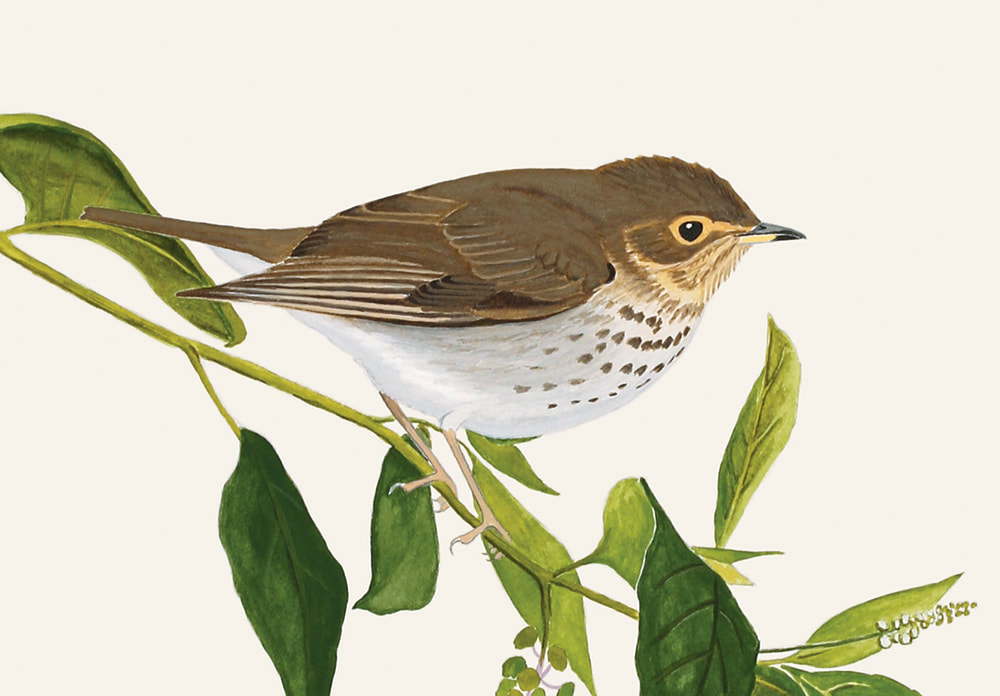
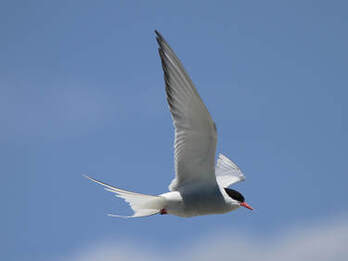
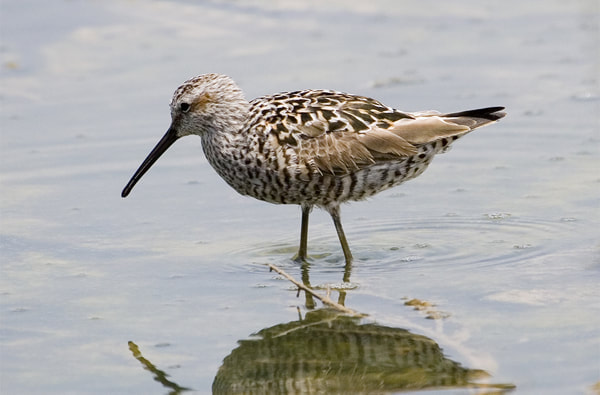
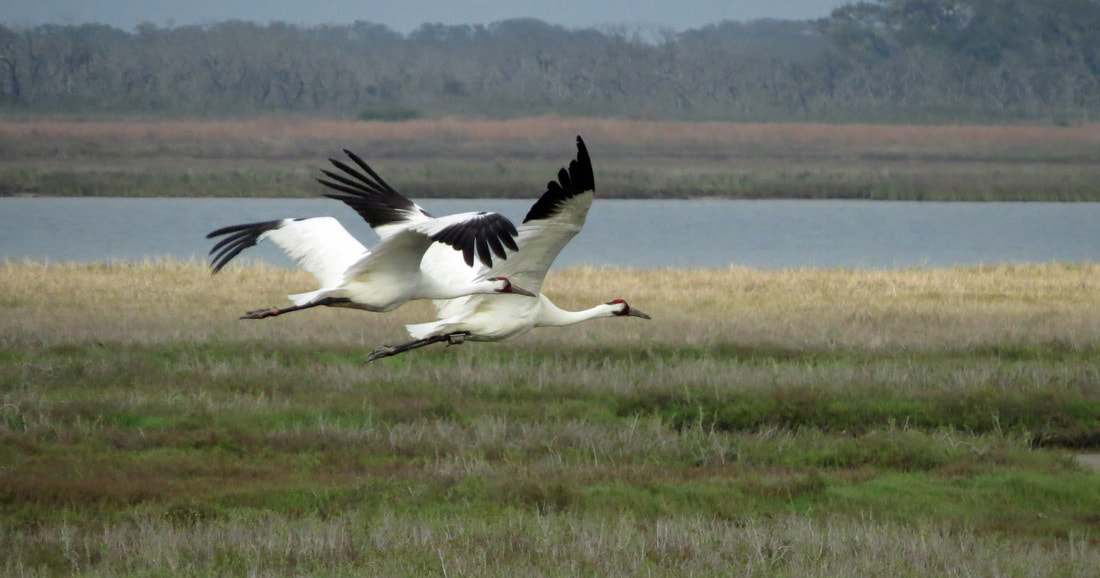
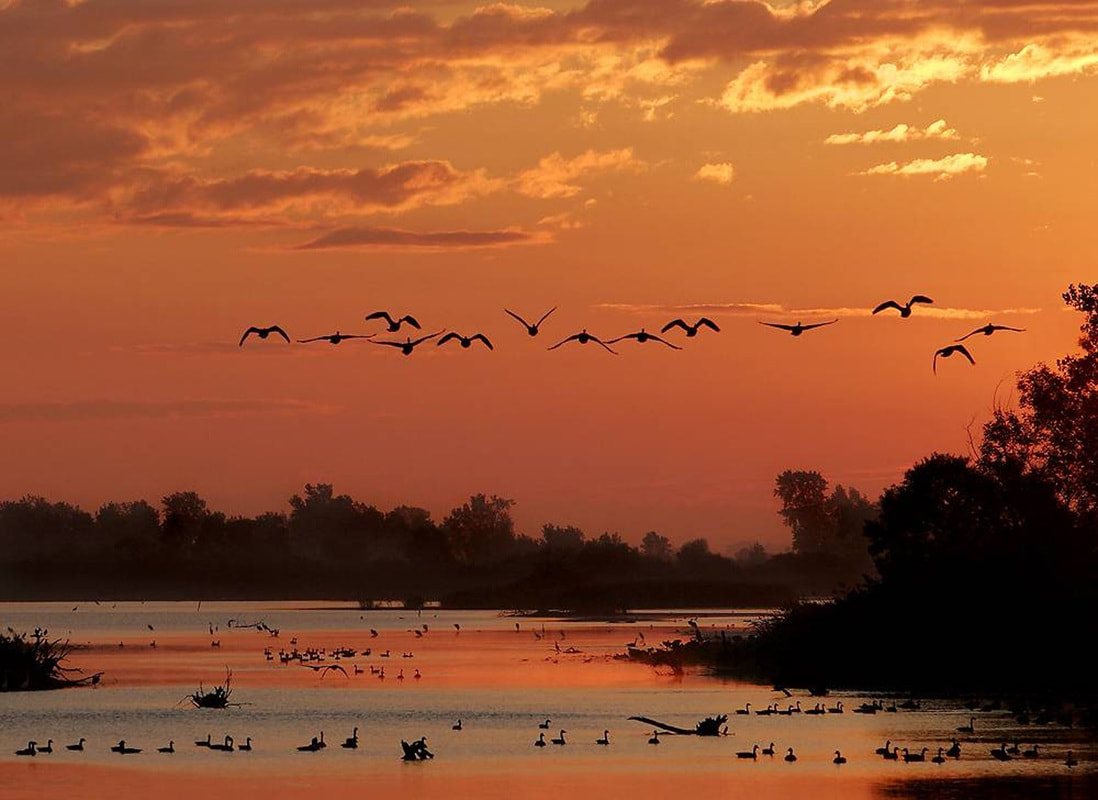
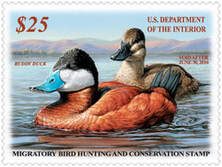
 RSS Feed
RSS Feed
